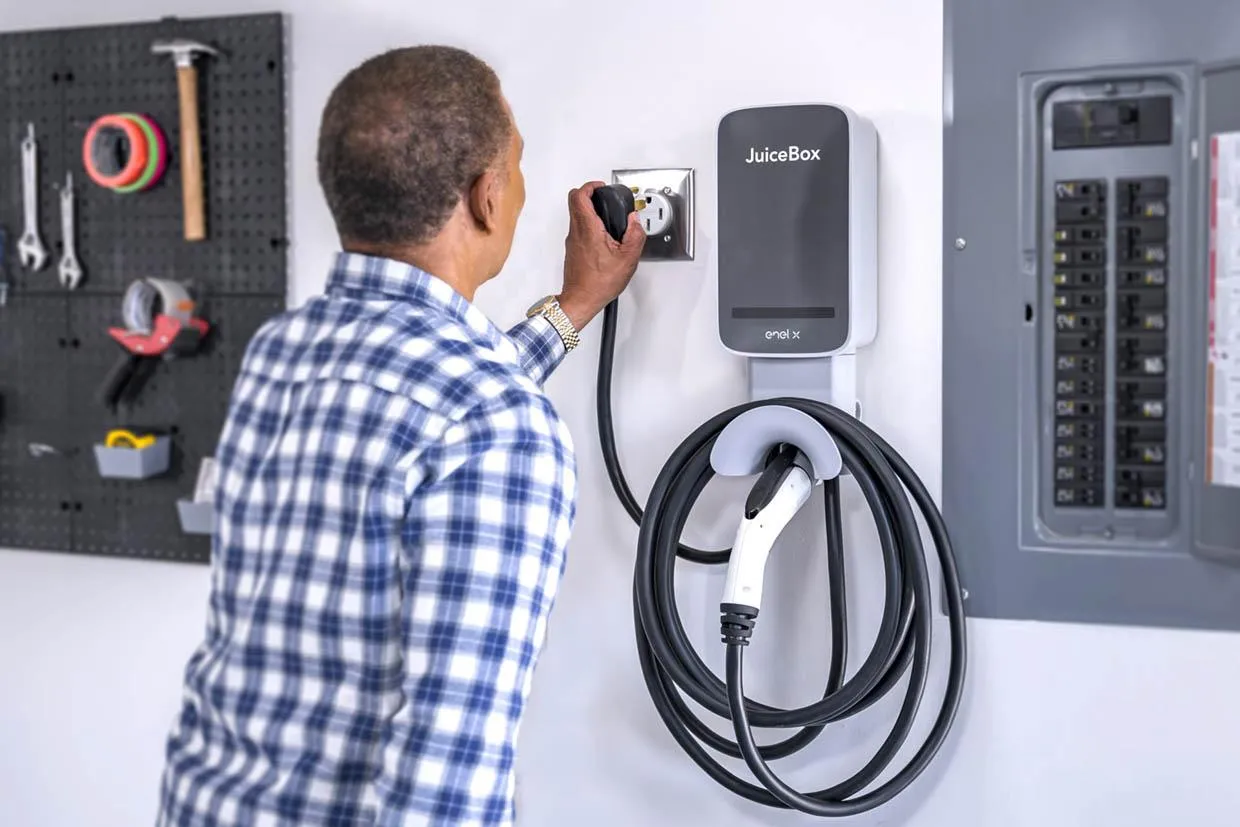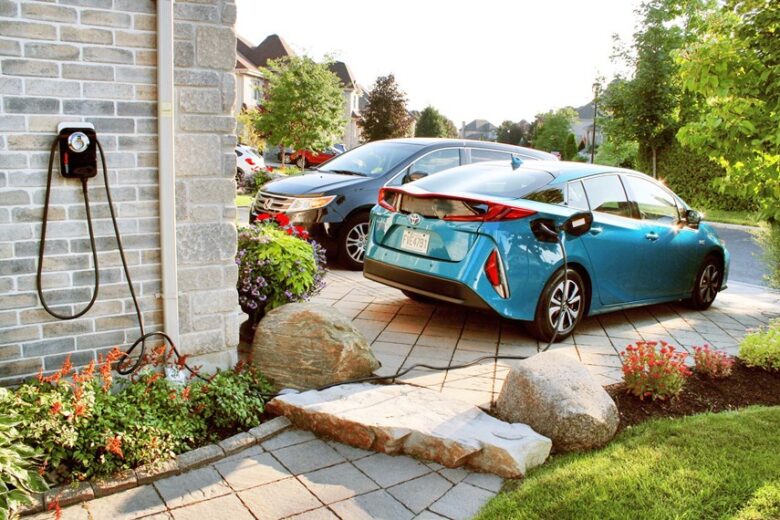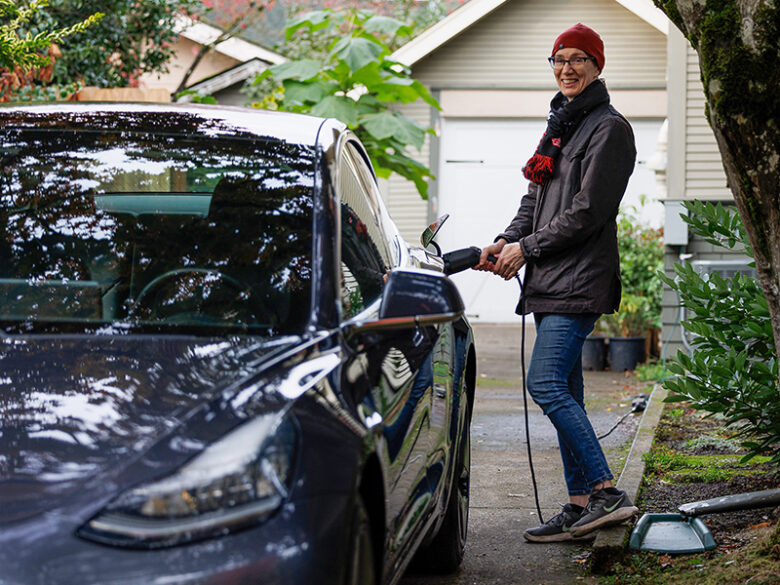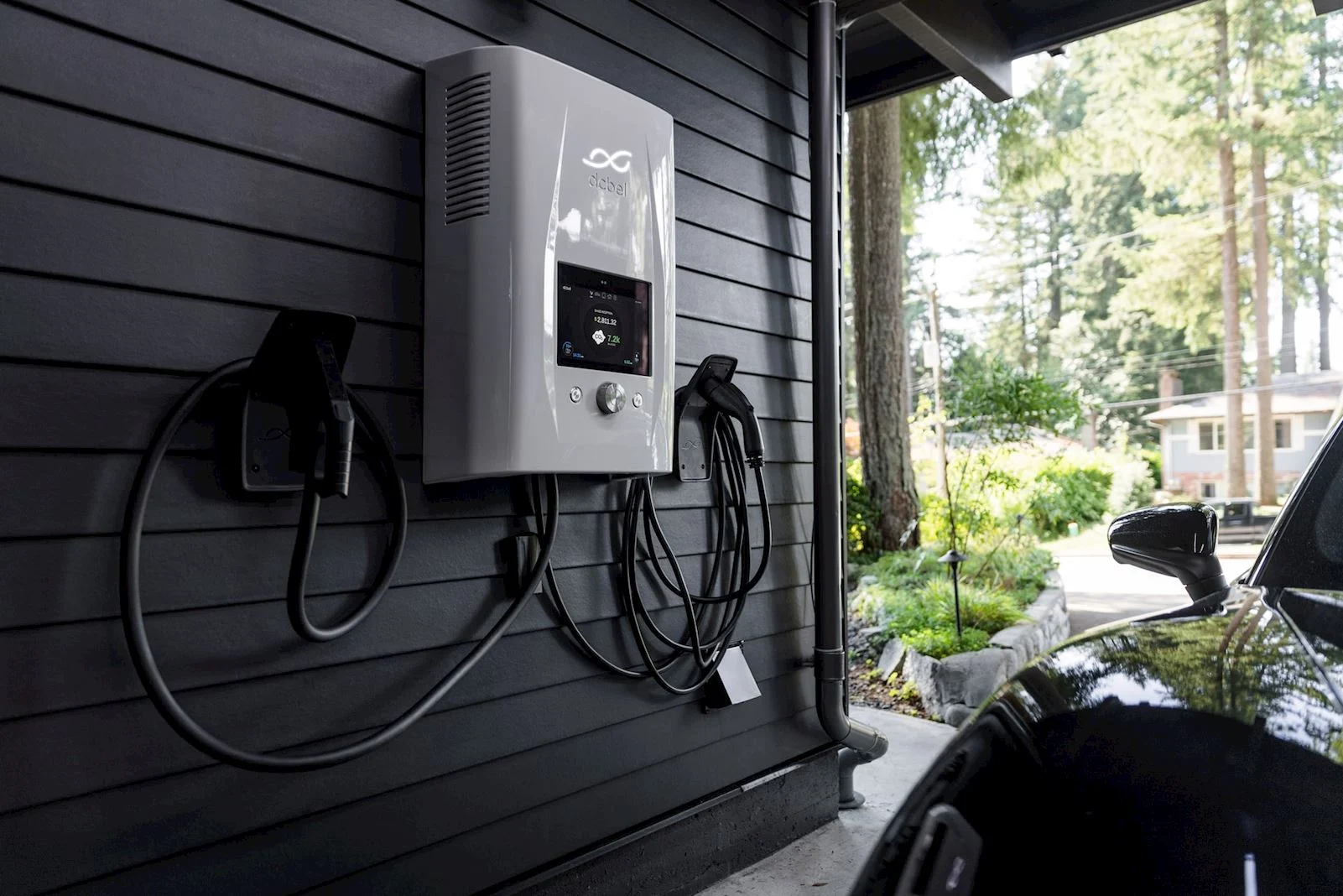As electric vehicles gain more traction, the automotive industry is witnessing significant transformations, with many drivers opting for eco-friendly transportation. This surge in the use of electric cars has naturally resulted in an increased need for charging stations.
When you decide to install an electric vehicle charger, whether it’s in your home or another location, you’re actively contributing to promoting sustainable transportation. This article is designed to give you the necessary information for a smooth transition into EV charging installation.
As we witness the shift towards greener alternatives in transportation, understanding the process and benefits of installing an EV charger becomes crucial. This piece aims to guide you through the essential aspects, ensuring you’re well-prepared to embrace the future of eco-conscious mobility.

Source: medium.com
Contents
Charging Station Costs
The charging station is an investment that greatly impacts the charging experience for users. Its price range varies depending on charging capacity, brand reputation, and additional features.
Entry-level chargers are more budget-friendly, while higher-level ones come with a price tag but offer charging speeds. By understanding these options in detail, you can make a decision that suits your budget and meets your charging requirements.
Electrical Panel Upgrades
The system panel is significant and may require an upgrade to handle the higher power requirements of an EV charger. Sometimes, you may need to perform electrical tasks in homes or buildings to ensure the charger works smoothly with the existing setup.
Considering the breakdown of costs meticulously is crucial in making informed decisions about the upgrade. It involves evaluating the expenses related to the necessary electrical tasks, potential enhancements, and any modifications required for a smooth installation. This detailed examination ensures that the investment in upgrading the system panel aligns with efficiency and safety standards.
This upgrade is important, but it’s essential to consider the breakdown of costs carefully. A thorough examination of the existing electrical system and potential enhancements ensures a solid foundation for effective and secure charging.

Source: spectrum.ieee.org
Installation Labor Costs
It is important to hire a certified electrician to ensure a seamless installation of an EV charger. The price of labor can be influenced by factors like where the work is done, how complicated the installation is, and any electrical tasks that need to be done.
Obtaining quotes from experienced professionals like EV charger installation Sydney is essential for accurately estimating and managing this installation process. The electrician’s expertise and precision directly impact the installation’s quality and safety.
Permitting and Inspection Fees
Installing EV chargers necessitates obtaining the requisite permits and remitting associated fees to align with local regulations. Additionally, thorough inspections are indispensable to ascertain compliance with stringent safety standards. To ensure the installation process proceeds seamlessly, it is imperative to comprehend and adhere to these rules and regulations meticulously. By proactively addressing the permitting and inspection procedures, you guarantee compliance and mitigate the risk of potential delays or penalties, ensuring a hassle-free installation experience.

Source: futuregenconsulting.ca
Networking and Connectivity Costs
Modern electric vehicle chargers often have advanced features like networking capabilities and connectivity options. Although these features improve the user experience, they could result in extra expenses, such as costs for hardware, software, or subscriptions.
Considering whether these necessary features can help control installation costs and meet operational requirements. Considering the long-term benefits of features, we can design a highly developed, user-friendly, and easy-to-understand charging system.
Utility Upgrades and Demand Charges
The current utility infrastructure might need to be upgraded to handle the higher demand for an electric vehicle charger. Understanding potential demand charges from the utility company is important for accurately estimating long-term operational costs. Strategic planning helps optimize energy usage and reduce unexpected financial burdens.
Working with utility providers and conducting a detailed energy assessment helps ensure that your energy usage is in line with the capacity of the electrical grid. This helps prevent any surprise charges and improves how efficiently your operations run.

Source: portlandgeneral.com
Accessibility and Compliance
Commercial installations require a strong emphasis on meeting accessibility standards.
Meeting compliance requirements, such as ensuring parking spaces for people with disabilities and following signage regulations, may involve expenses.
However, prioritizing these aspects helps us uphold obligations while creating a charging infrastructure that is user-friendly for everyone. By making the installation process accessible, we ensure everyone can easily and comfortably use our charging stations. This shows our dedication to inclusivity and creating a positive user experience.
Future-Proofing Considerations
Remaining at the forefront of developments in electric vehicle (EV) technology and infrastructure is crucial as we navigate the dynamic landscape of sustainable mobility. With the increasing popularity of EVs, making informed choices about charging solutions becomes paramount.
Opting for scalable and adaptable charging solutions may involve an initial investment, but the long-term benefits outweigh the costs. By choosing solutions that can grow and evolve with the industry, you avoid the need for frequent upgrades. This forward-thinking approach saves money and allows you to integrate new technologies and standards as they emerge seamlessly.
Investing in adaptable charging infrastructure is like future-proofing your setup. It ensures that your installations align with upcoming trends and advancements in the electric mobility industry. The world of EVs is evolving rapidly, with new technologies, faster charging capabilities, and increased vehicle ranges regularly introduced. Choosing a scalable solution ensures that your charging infrastructure remains relevant, valuable, and capable of accommodating these advancements.
Furthermore, this innovative approach positions you as a leader in supporting the growth of electric mobility. As technology evolves, so does the demand for more efficient, faster, and widely available charging solutions. By future-proofing your charging infrastructure, you contribute to the overall progress of the electric mobility industry.

Source: jdpower.com
Conclusion
By closely examining these important factors, individuals and businesses can make smarter decisions. This informed decision-making is not only good for the growth of sustainable transportation but also helps manage installation costs effectively. As we adapt to the changes in electric mobility, this article ensures it gives practical insights for a smooth transition. Additionally, it aims to help readers with a sensible financial plan to cope with the evolving needs of the changing EV infrastructure. With a good understanding of these factors, you can confidently embrace the shift to electric mobility, contributing to a more sustainable and financially viable future.
